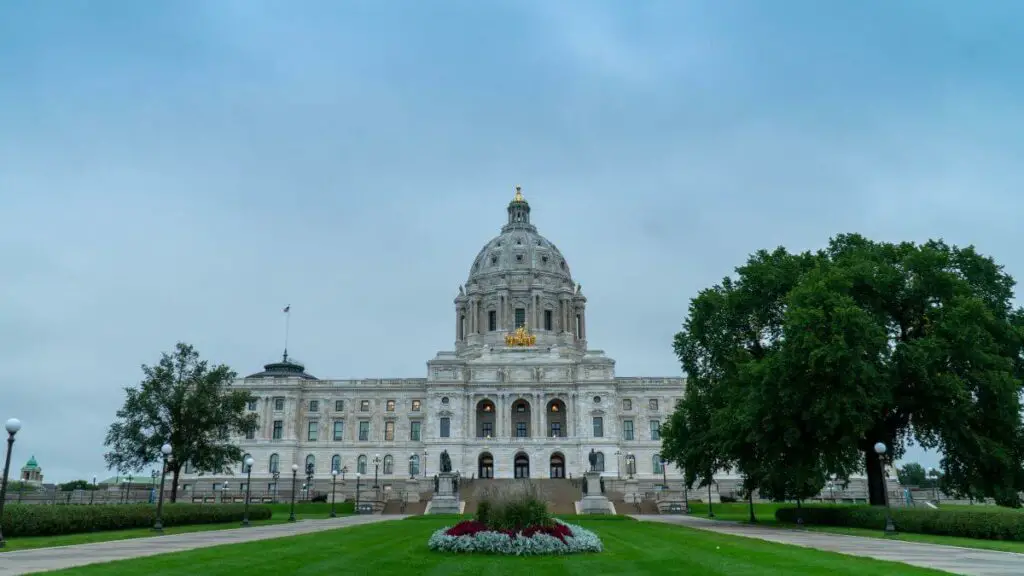Governor Tim Walz signed House Bill H.F. 2479 into law on May 24, 2023, making Minnesota the twentieth state to require high school students to complete a standalone Personal Financial Literacy (PFL) class to graduate. The new law takes effect after the next school year and would allow students to take the PFL class in 10th, 11th, or 12th grade. H.F. 2479 was a composite of separate bills crafted by state representative Hodan Hassan and state senator Steve Cwodzinski. Cwodzinski had proposed a bill after talking with constituents about the financial literacy struggles of their teenagers. Hassan recalled not knowing about finances when she graduated from high school and later struggled with college debt.
Both legislators were assisted in their endeavors by the Minnesota Council on Economic Education (MCEE) and the Financial Literacy Coalition of Minnesota (FLCM). Through their efforts, the state is going to move from a B to an A on The Nation’s Report Card on Financial Literacy by reaching the coveted “gold standard” of financial literacy education. Fortunately, the state will have plenty of help in developing the required curriculum for its now-mandatory PFL courses, especially since financial literacy education standards have already been adopted by the Minnesota Department of Education.
Organizations in Minnesota Provide PFL Resources
The MCEE, established in 1961 and supported by the University of Minnesota, assists with financial literacy education by hosting professional development opportunities for teachers and offering direct assistance to teachers, including through curriculum review. It also has a repository of free educational resources for both Economics and Personal Financial Literacy, including individual lessons. The lessons were created by real high school teachers, so they actually work in the field!
Another strong resource in the state is the Minnesota Department of Health, which provides financial literacy tips and resources. There is also the Minnesota Society of CPAs, which includes financial literacy outreach as part of its volunteer opportunities for accountants. Its BestPrep program puts volunteers in schools to teach students about business, career, and financial literacy skills. Similarly, the Minnesota Credit Union Network also includes financial education resources, such as volunteers who go to high schools to present experiential learning initiatives like Mad City Money: Real Life Money Skills for Students.
The University of Minnesota Extension program has financial literacy resources, including free access to Make Money Make Sense, which contains ten thirty-minute lessons. Its Building Blocks for Financial Capability program includes animated videos and handouts that can be used in a flexible format to engage learners. The webpage for Home and Financial Management includes a module on Personal Finances, containing topics like taxes, budgeting, and investing. These topics also include information for parents to help teenagers transition financially from children to adults – which is also helpful in a high school PFL setting.
Finally, the Minnesota Community Action Partnership (MinnCAP) offers financial literacy workshops and access to financial literacy education resources as part of its Help Minnesota Save initiative. It includes information on building good credit, avoiding financial and consumer scams, retirement savings plans, and how to manage taxes.

